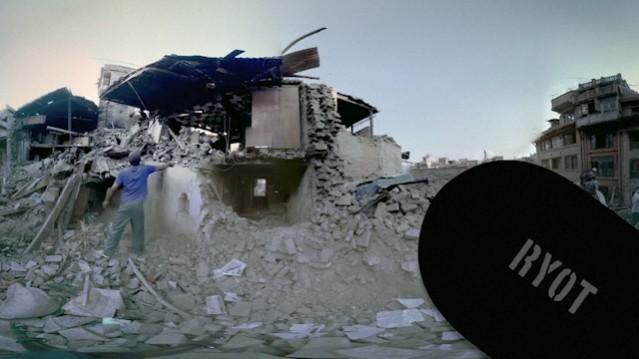![A flood relief centre in Sri Lanka [representational image] Sri Lanka Floods 2016](https://data1.ibtimes.co.in/en/full/608228/sri-lanka-floods-2016.jpg?w=674&h=449&l=50&t=40)
In April 2015, when a devastating earthquake had rocked Nepal, India's northern neighbour, the Narendra Modi government rushed in to its rescue. Even though India's initial response was appreciated by the ravaged Himalayan country, the excesses by the Indian media saw the picture changing within a week with people in the ill-fated nation questioning India's actual intention.
The idea of the Modi government, which was yet to complete a year then, was to make strategic gains over China, which also aims to influence Nepal in the great Himalayan game of geopolitics. But the Indian media and the officials overdid things, inviting a negative response as a result. The Nepalese people were so upset that the hashtag of #GoHomeIndianMedia started doing the rounds in no time.

Two years since then, a natural disaster has struck Sri Lanka, another neighbour of India, in the form of floods and landslides.
Nearly 150 people were killed in the floods and India chipped in with relief this time as well, though there was no frenzy this time. The Indian government responded after Colombo urged for relief and the second Indian ship, INS Shardul, reached the Lankan shores with relief materials after INS Kirch which anchored there on Saturday morning. The operation was being carried out in proper coordination and there was no mindless boasting about the favour as was the case in Nepal.
India didn't turn Sri Lanka relief into a photo-op session
True, the impact of the two tragedies cannot be compared (over 8,800 were killed in Nepal) but India certainly was more mature in its approach in Sri Lanka and not make it look like a drama. The Nepal episode had only proved to be counterproductive even if the intention was good and the Modi government has learnt how not to turn a relief operation into a photo-op opportunity and cause diplomacy more harm than good.

The Sri Lankan story is also different from that of Nepal. While Kathmandu has played its China cards against India whenever it felt the need, Colombo tried a consistently pro-China approach under the reign of Mahinda Rajapaksa only to find itself getting increasingly indebted to China and facing questions from India which is geographically closer to its territory.
The current Sri Lankan leadership under Maithripala Sirisena has been more inconsistent in his China policy, showing tilt towards India more than his predecessor. With him at the helm, India also needed to worry less about winning Lanka's trust.
But it is certainly an improvement as far as India's PR exercise over relief operations is concerned.

















